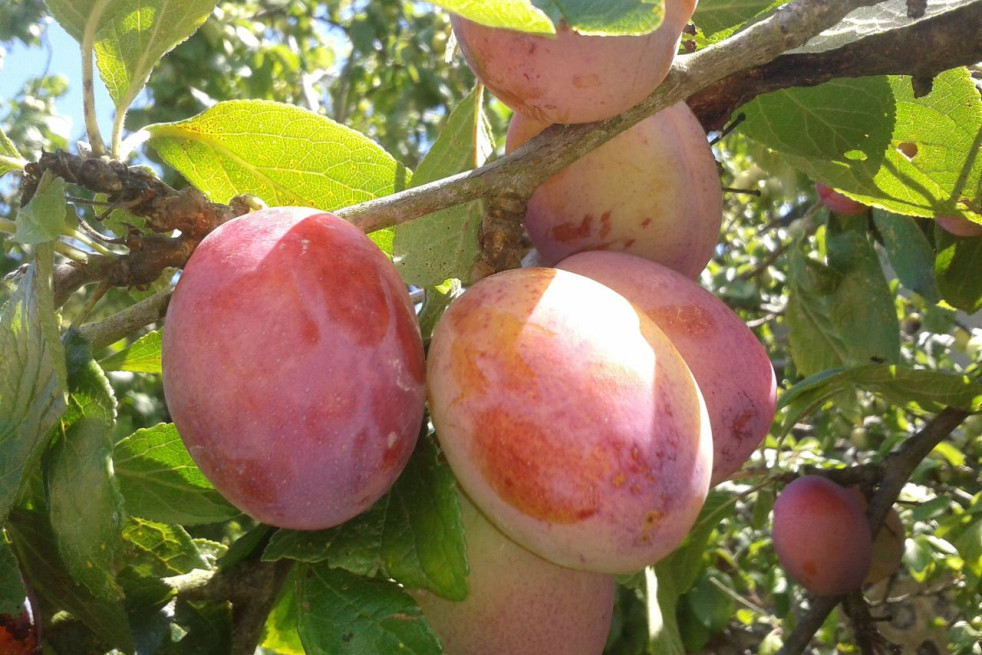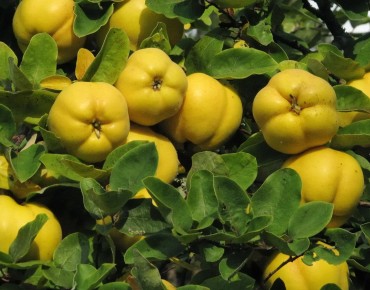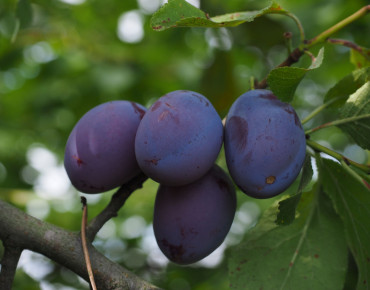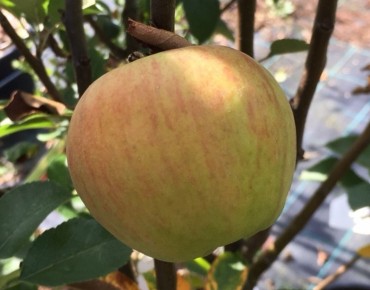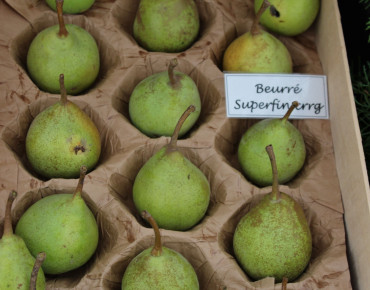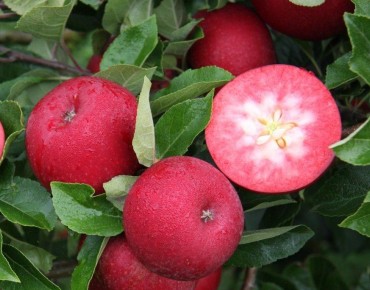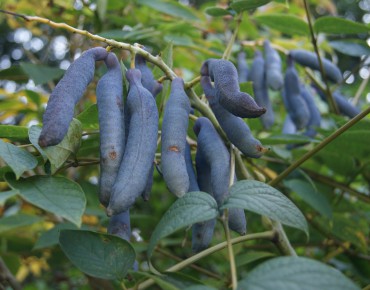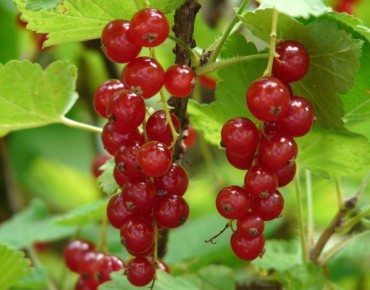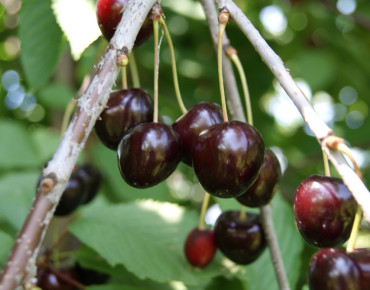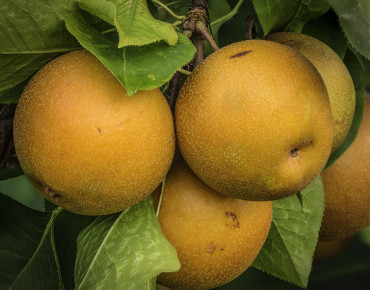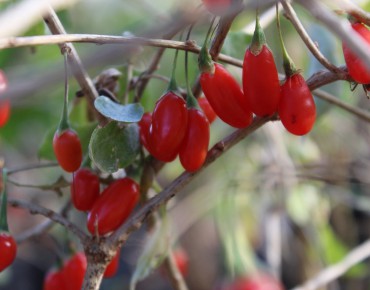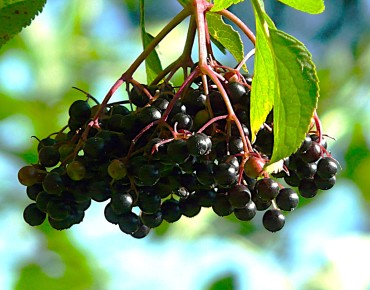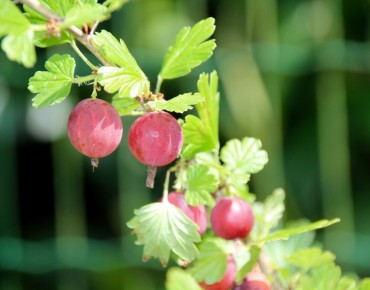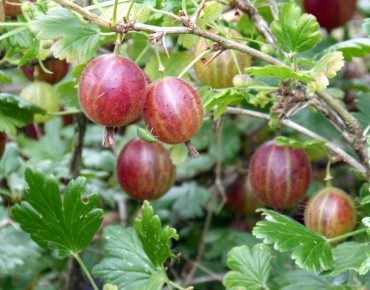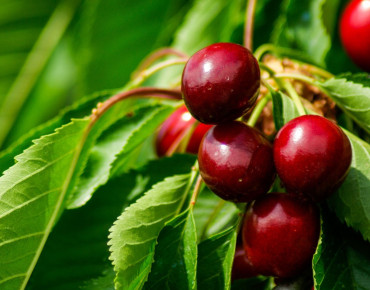- In cultivation
Plum tree Victoria
Prunus domestica 'Victoria'
Description
Plum tree Victoria – Prunus domestica 'Victoria'
Main interest of the plant
The Victoria plum tree is one of the most widely planted varieties in gardens due to its reliable crops of rosy-red plums with sweet, juicy yellow flesh. Grafted as a low-stem tree, it blooms early in March and is self-fertile, yet it performs even better with cross-pollination. A perfect choice for both fresh eating and cooking.
Origins and characteristics
Geographical origin: England, Suffolk, introduced around 1840
Botanical family: Rosaceae
Notable features: A British classic named after Queen Victoria
Description and features
Mature height: 2.5 to 3.5 meters (low-stem)
Mature spread: 2 to 3 meters
Habit: Rounded and compact
Bark: Grey-brown
Foliage: Deciduous, bright green
Growth: Moderate
Hardiness: Down to -20 °C
Flowering and fruiting
Flowering time: March (early bloom)
Flowers: Single white blossoms, nectar-rich
Fruits: Medium to large red-pink plums with golden flesh, sweet, melting and juicy. Harvest late August to early September
Wildlife interest: Early nectar source for bees
Light and soil
Ideal light: Full sun
Soil type: Deep, rich, well-drained
Planting
Soil preparation tips: Mix in compost or aged manure
Spacing: 3 to 4 meters
Soil nature: Neutral to slightly alkaline
Watering
At planting: Regular in the first year
At maturity: Low to moderate needs
Pruning
When and how to prune: Lightly after harvest, maintain open crown
Propagation
Method: Grafted onto Saint-Julien or Myrobalan (low-stem)
Garden uses
Best placement: Edible hedges, family orchards, kitchen garden
Companion planting: Apple tree, pear tree, rosemary, bee-friendly herbs
Traditional uses
Cultural usage: Excellent for fresh eating, jams, and baking
Pest and disease protection
Vulnerabilities: Can be sensitive to brown rot and aphids
Natural prevention: Good airflow, horsetail decoction, mulching
Tips for success
Practical advice: Full sun, early harvest, remove overripe fruit promptly
Cultivar specifics
Though self-fertile, ‘Victoria’ produces even better yields when cross-pollinated with:
Pollinators: ‘Opal’, ‘Reine Claude d’Oullins’, ‘Czar’, ‘Anna Späth’
Features
- Common name : Plum tree Victoria
- Family : Rosaceae
- Category : grafted low stem fruit tree
- Spread : 2 to 3 m
- Foliage : deciduous
- Fruit : Medium to large plums, pinkish-red when ripe, golden-yellow flesh, sweet, juicy, and melting
- Harvest : late August to early September.
- Use : isolated - orchard
- Soil : Neutral to slightly chalky, deep, loose, fertile, well-drained.
- Enemies : aphids - caterpillars
- Possible diseases : Brown rot.
- rootstock : Saint Julien A
Expédition & livraison
How does the delivery work?
 As soon as you place your order your plants are selected
As soon as you place your order your plants are selected Each order is processed individually.
Each order is processed individually. Plants are packed, staked and labeled.
Plants are packed, staked and labeled. Packaging is carefully implemented to avoid any problems.
Packaging is carefully implemented to avoid any problems. Packages are ready to be shipped.
Packages are ready to be shipped.
Our delivery methods
Shipping of our plants throughout Europe (except overseas and islands).
Customer reviews

